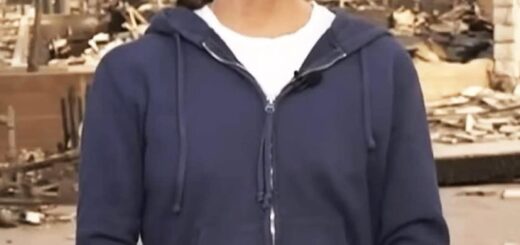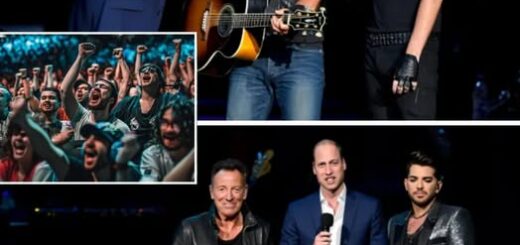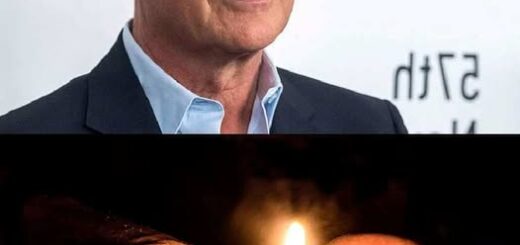“The Crown Hit A High Note — And The World Stood Still.” What began as a royal tribute became a global sensation. At Buckingham Palace, 20,000 fans roared as Bruce Springsteen lit up the stage—but no one was ready for what came next. Prince William suddenly joined Adam Lambert for a roaring, soul-filled duet of Somebody to Love. The future king didn’t miss a note. Kate covered her mouth in shock. Lambert handed him the spotlight. Springsteen pounded his fist in the air. Social media erupted. In one electrifying night, monarchy met music—and history was made. No script. No warning. Just pure, unfiltered rock royalty. The world won’t forget the night the crown sang.
It was supposed to be a night of pageantry and protocol—a royal concert to support mental health awareness, headlined by Bruce Springsteen and featuring a surprise appearance by Adam Lambert. The stage, set against the grandeur of Buckingham Palace, shimmered with Union Jack lights and the buzz of 20,000 fans waving flags and chanting under a warm London sky.

Nobody expected what happened next.
Bruce Springsteen was midway through his “High Drama” tour setlist, sweat glistening under the spotlights as he roared through “Born to Run,” his guitar blazing. Behind him, Adam Lambert waited in the wings, prepping for a duet. Then, as the opening chords of Queen’s Somebody to Love echoed through the palace courtyard, Springsteen paused and grinned.
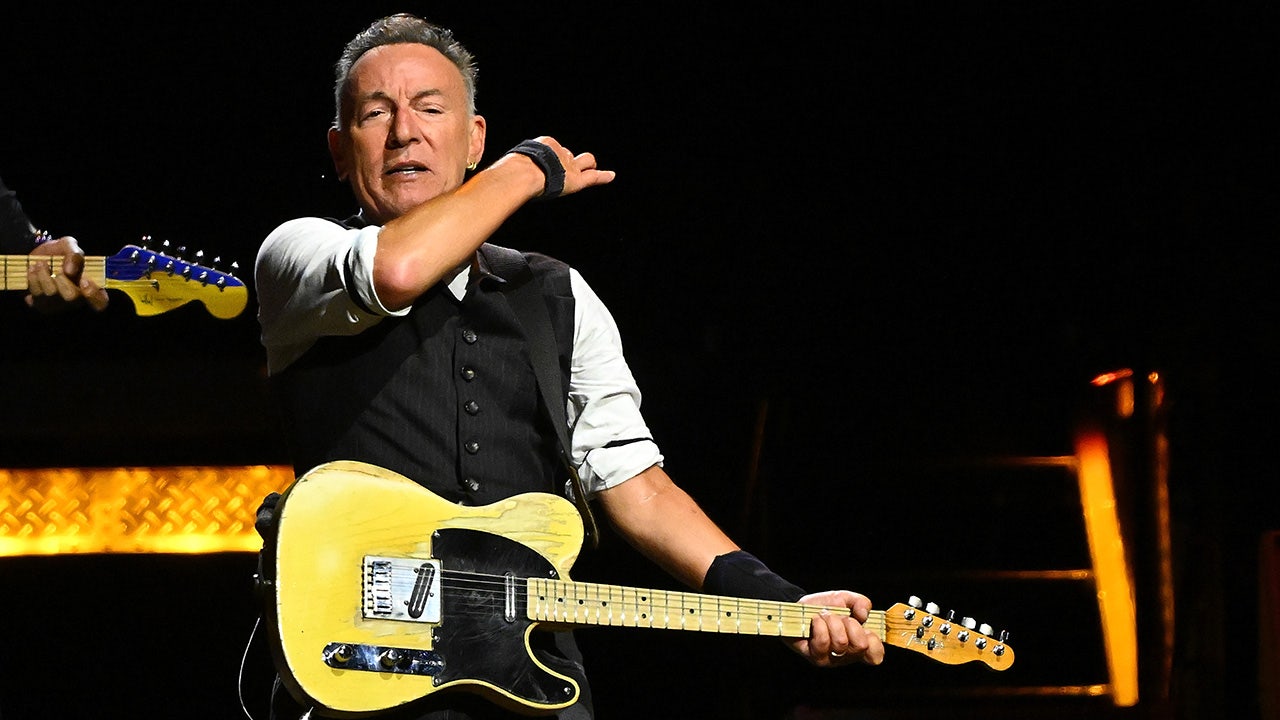
“Ladies and gentlemen,” he said, “we’ve got a very special guest tonight.”
The crowd fell silent. Then, out walked Prince William—smiling, confident, and wearing a casual black button-down, no royal regalia in sight. He took the microphone like a seasoned rockstar. For a moment, even the royal guards seemed to blink in disbelief.

Adam Lambert’s eyes widened. “You ready, Your Highness?” he asked with a laugh.
“I was born ready,” William replied—and then launched into the opening verse with a voice that stunned the entire audience.
He wasn’t just passable. He was good. Surprisingly good. Rich, soulful, and full of the emotion the song demanded. Lambert joined in harmony, and the two voices soared across the courtyard, echoing into the London night. Kate Middleton stood in the royal box, hand over her mouth, eyes wide in joyful disbelief.
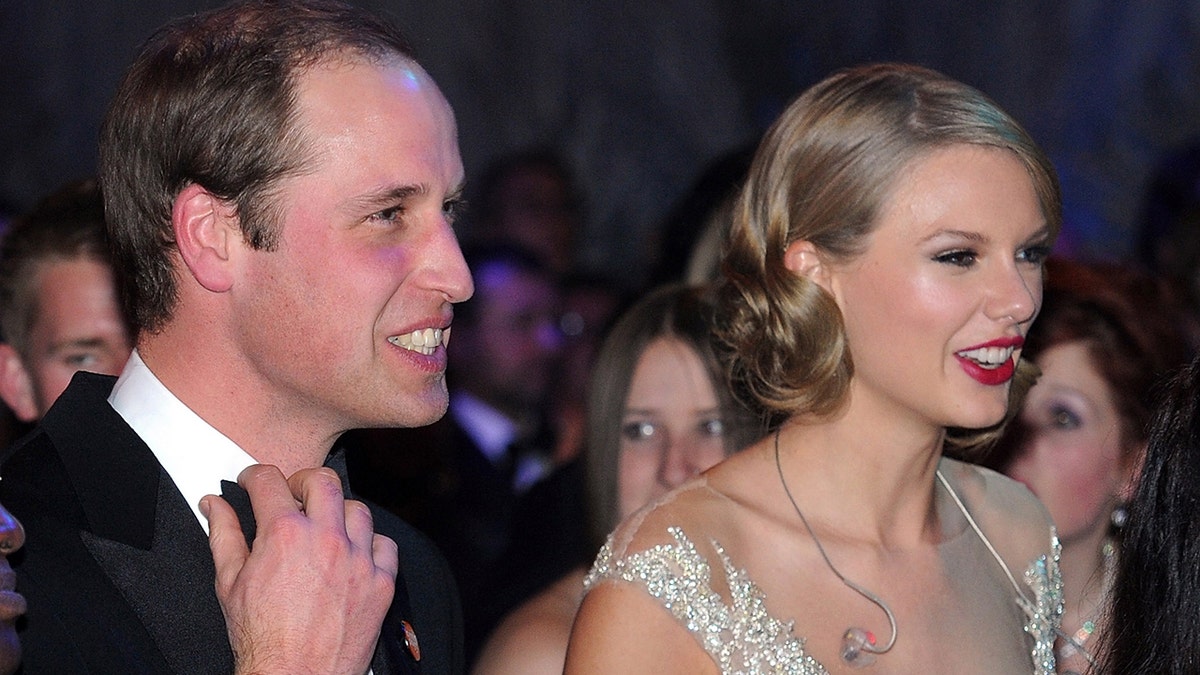
Springsteen laughed so hard he missed a chord. Backstage staff froze. Phones flew up. The internet exploded in real-time.
By the time they hit the final chorus, William was fully in it—arms raised, sweat on his brow, giving Freddie Mercury-level energy. Adam Lambert stepped back, pointing to the prince, letting him shine. The crowd was screaming, crying, losing their collective minds.
And then it ended.
Silence for half a beat. And then a roar. The loudest of the night. The applause was deafening.
Springsteen shouted, “London, that’s your future king!” and bowed low.
William laughed, modest as ever, handed the mic back to Lambert, and gave a playful shrug to the crowd. “I just needed somebody to love,” he joked.
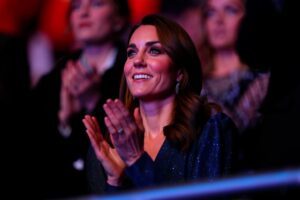
That was all it took. The media dubbed it The Night The Crown Went Rock ‘n’ Roll. The footage went viral within minutes. Critics praised his voice. Fans demanded a studio version. Even Queen’s Brian May tweeted, “Freddie would’ve been proud.”
But beyond the performance, there was something deeper. For one magical moment, the line between monarchy and music blurred. William wasn’t a prince—he was a man, onstage, vulnerable, powerful, and free. The kind of moment Britain hadn’t seen in decades.
No rehearsal. No PR script. Just heart.
And the world hasn’t stopped talking about it since.
